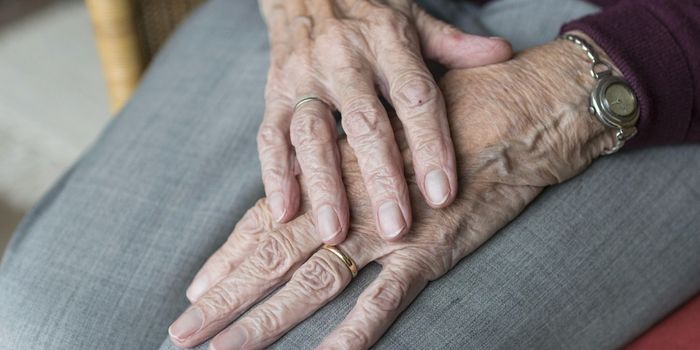There Could be Many Undiagnosed Cases of Neuropathy
The brain and spinal cord make up the central nervous system, and peripheral nerves extend through the body, sending information to and from the central nervous system, like what we feel and touch. When there is damage in the peripheral nerves, or neuropathy it interferes with the signals that are being sent to the brain. This can manifest as tingling, pins-and-needles, and pricking sensations, or weakness and numbness. In extreme cases, there may also be intense burning sensations, paralysis, or muscle wasting. The pain and dysfunction caused by neuropathy can even lead to amputation or organ damage. New research has suggested that neuropathy is far more common than we know. The findings have been reported in Neurology.
"More than one-third of people with neuropathy experience sharp, prickling or shock-like pain, which increases their rates of depression and decreases quality of life," noted first study author Melissa A. Elafros, MD, PhD, of the University of Michigan in Ann Arbor. "People with neuropathy also have an increased risk of earlier death even when you take into account other conditions they have; so identifying and treating people with or at risk for neuropathy is essential."
In this work, the investigators assessed 169 individuals who went to an outpatient internal medicine clinic in Flint, Michigan. The average age of the participants was 58 years, and about two-thirds were Black. Half of the participants had diabetes, and about two-thirds had metabolic syndrome, in which an individual has high blood pressure, high blood sugar, abnormally high triglycerides, low levels of low high-density lipoprotein (HDL) cholesterol, and excess belly fat.
All of these volunteers were evaluated for distal symmetric polyneuropathy, and it turned out that 73 percent of them had neuropathy, and three-quarters of them had not been diagnosed with it before this study. About 60 percent of these individuals also had neuropathic pain.
After making statistical adjustments for factors that affect neuropathy risk, the researchers determined that neuropathy is four time more likely in people with metabolic syndrome compared to those without metabolic syndrome.
"The amount of people with neuropathy in this study, particularly undiagnosed neuropathy, was extraordinarily high with almost three fourths of the study population," Elafros said. "This highlights the urgent need for interventions that improve diagnosis and management of this condition, as well as the need for managing risk factors that can lead to this condition."
This research did not follow up on the participants, and did not make any determination about who went on to develop neuropathy later. That data could change the risk relationship between metabolic syndrome and neuropathy.
There are some ways to prevent neuropathy, which include maintaining a healthy weight, and quitting smoking. Depending on the cause of neuropathy, it can be a condition that is manageable or possibly even reversible with treatments and lifestyle changes.
Sources: American Academy of Neurology, Neurology









